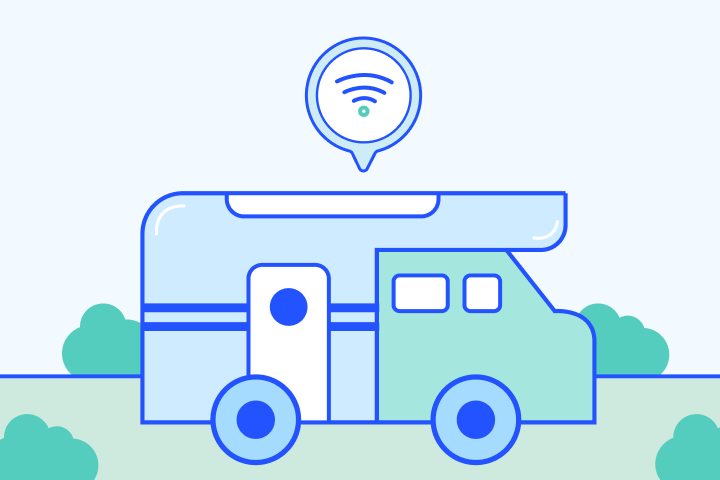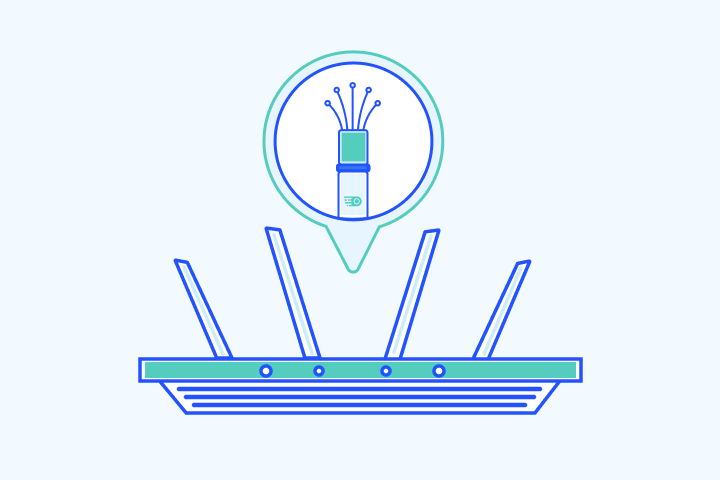DIRECTV STREAM offers a great TV package. With access to a massive channel lineup and lots of bundle options, lots of live news, sports, and on-demand content, you can tailor DIRECTV STREAM to your liking.
- Internetchevron_right
- TV & Streamingchevron_right
- Providerschevron_right
- Resourceschevron_right
- GIVE OUR EXPERTS A CALLcall833-481-4463



